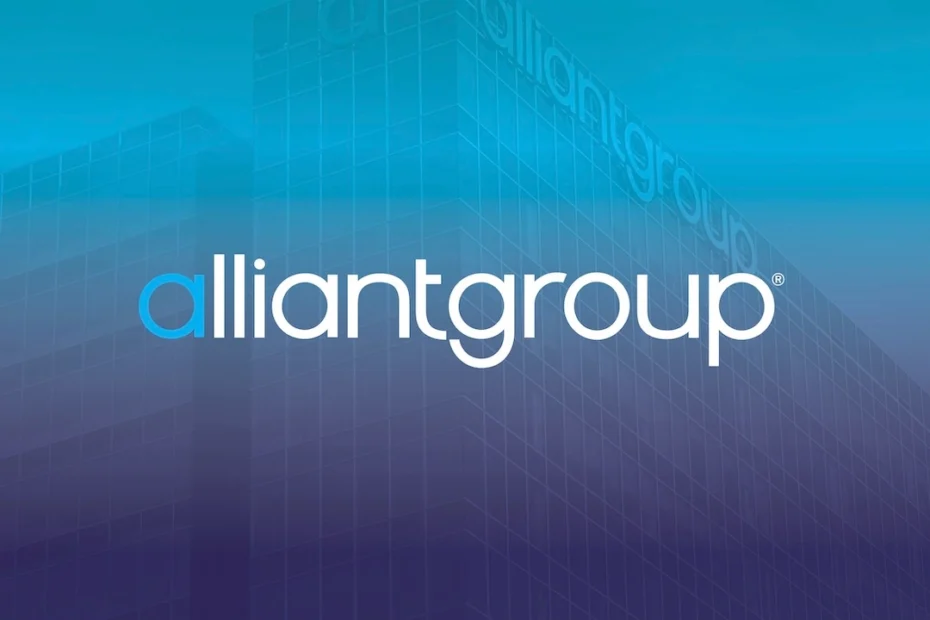Why AI R&D Providers Are Not the Solution for Agriculture Businesses
The agricultural industry is no stranger to innovation. From advanced machinery to sustainable farming practices, farmers and business owners continually seek ways to improve efficiency and productivity.






